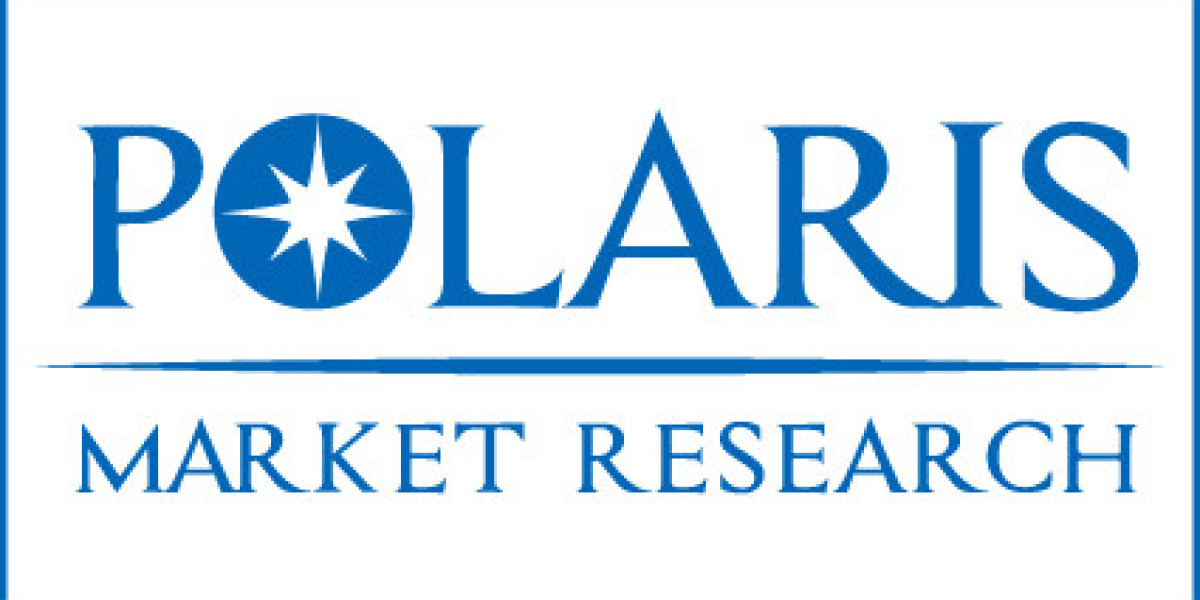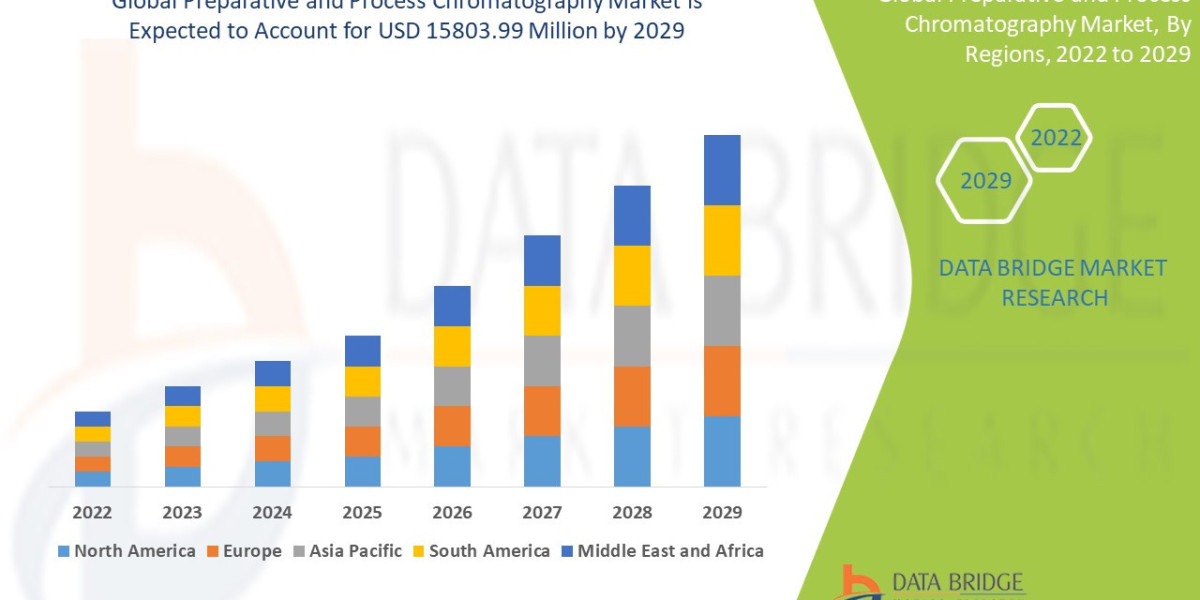Market Size & Scope
The electrophysiology devices market size was valued at USD 12.88 billion in 2024, exhibiting a CAGR of 15.1% from 2025 to 2034.
The electrophysiology devices market spans diagnostics, therapeutic catheters, mapping and navigation systems, ablation generators, and associated disposables and software. The market serves hospitals, ambulatory surgical centers, and specialized electrophysiology labs. End users range from high-volume tertiary centers performing complex left-atrial ablations to smaller cardiology units increasing their scope of interventional electrophysiology. Market scope includes equipment sales, recurring consumable revenue (catheters, sheaths, electrodes), software licensing and updates, and service/support contracts.
Key Market Growth Drivers
- Rising Prevalence of Cardiac Arrhythmias and Aging Populations
Global demographic shifts toward older populations, combined with rising incidence of risk factors such as hypertension, diabetes, and obesity, have increased the disease burden of atrial fibrillation and ventricular arrhythmias. This epidemiologic trend directly fuels demand for both diagnostic EP procedures and therapeutic interventions such as catheter ablation. - Technological Innovation and Improved Clinical Outcomes
Advances in catheter design (cryoballoons, irrigated-tip RF catheters), high-resolution electroanatomical mapping systems, real-time imaging integration, and the use of artificial intelligence to interpret signals have increased procedural success rates and reduced complication rates. Better outcomes encourage clinicians to recommend earlier intervention, expanding the eligible patient pool. - Shift to Minimally Invasive and Ambulatory Care Models
Minimally invasive EP procedures that shorten in-hospital stay and enable same-day or next-day discharge are being favored by payers and healthcare systems for cost-effectiveness. The move toward outpatient EP labs and hybrid cardiac suites supports increased procedure volumes and broader adoption of EP devices. - Growing Investment in Healthcare Infrastructure and Training
Investments in cardiac care infrastructure across emerging and developed markets—paired with training programs that increase the number of qualified electrophysiologists—are expanding procedural capacity. Industry partnerships and educational initiatives further facilitate adoption of advanced EP devices in new regions.
Market Challenges
- High Procedure and Device Costs
Advanced EP systems and single-use therapeutic catheters represent significant capital and per-procedure expenditures. High device and procedure costs can limit access in low-resource settings and place pressure on hospital procurement budgets and reimbursement negotiations. - Reimbursement Complexity and Variability
Reimbursement policies for ablation and advanced mapping procedures vary widely by country and payer, complicating market adoption. In regions with constrained reimbursement or unclear coding, hospitals may be reluctant to expand EP services. - Operator Skill and Learning Curve
Many advanced EP technologies require substantial operator experience to maximize benefit. The steep learning curve for complex mapping systems and novel ablation techniques can slow adoption and affect short-term outcomes during the technology diffusion phase. - Regulatory Hurdles and Safety Concerns
Electrophysiology devices are subject to stringent regulatory review due to their direct cardiac application. Device recalls, post-market safety signals, or changes in regulatory requirements can create uncertainty and delay launches or adoption of new products.
Browse Full Insights:
https://www.polarismarketresearch.com/industry-analysis/electrophysiology-devices-market
Regional Analysis
North America
North America remains a dominant regional market due to a high prevalence of arrhythmia diagnosis, established reimbursement frameworks, advanced healthcare infrastructure, and rapid technology uptake. The United States drives most regional growth, with strong demand for complex AF and VT ablations, and active research programs that spur device innovation.
Europe
Europe is a mature market with high procedural volumes across Western Europe. Differences in healthcare delivery and reimbursement between Western and Eastern Europe influence adoption rates. Leading cardiac centers and national registries in countries such as Germany, France, and the UK support evidence generation and best-practice adoption.
Asia-Pacific
Asia-Pacific represents the fastest-growing regional market. Rapidly expanding healthcare infrastructure, increasing awareness of arrhythmia treatments, growing middle-class populations, and rising numbers of trained electrophysiologists are driving adoption. China, Japan, India, and South Korea are notable growth engines, although pricing sensitivity and regional regulatory variation remain considerations.
Latin America & Middle East & Africa (MEA)
These regions are characterized by heterogeneous adoption. Select urban centers and tertiary hospitals perform complex EP procedures, yet broader access is constrained by cost and limited procedural capacity. Investments in regional training programs and multicenter collaborations are improving penetration over time.
Key Companies
- Abbott
- Acutus Medical, Inc.
- Angio Dynamics
- AtriCure, Inc,
- Biosense Webster (Johnson & Johnson Services, Inc.)
- Biotronik Inc
- CardioFocus, Inc.
- General Electric Company
- Koninklijke Philips N.V.
- MicroPortScientific Corporation
- Medtronic
- Nihon Kohden Corporation
- Siemens Healthcare AG
- Stereotaxis Inc.
Market Trends & Outlook
Integration of mapping, imaging and ablation into streamlined procedural suites will continue to be a major trend, enabling shorter procedure times and improved reproducibility. Remote monitoring, tele-proctoring for operator training, and AI-powered signal analysis are emerging as adjuncts that can expand the reach of experienced electrophysiologists into lower-volume centers. Additionally, incremental improvements in catheter durability and energy delivery modalities (e.g., pulsed-field ablation) promise to change clinical practice patterns by offering faster, safer tissue-specific ablation options.
From a commercial perspective, suppliers are emphasizing consumable-driven recurring revenue models and service offerings, including software subscriptions and data analytics that deliver long-term clinical value and predictable revenue streams.
Conclusion
The Electrophysiology Devices market is positioned for steady growth as clinical need, technological advancement, and capacity-building efforts converge. While challenges such as cost, reimbursement variability, and operator training present adoption headwinds, the overall direction favors broader use of interventional electrophysiology for arrhythmia management. Companies that successfully marry clinical evidence with cost-effective solutions and invest in clinician training and integrated care pathways are best placed to capture market share. Healthcare systems and device manufacturers alike will need to collaborate on outcome-focused deployment strategies to translate technological promise into improved patient outcomes and sustainable market expansion.
More Trending Latest Reports By Polaris Market Research:
Multi-cancer Early Detection Market
Carob Powder Market: A Sweetener Low on Fats
Automotive Catalytic Converter Market
South Korea Recycled PET Flakes Market
Anatomic Pathology Equipment & Supplies Market
Customer Relationship Management Market
Self-Checkout Systems Market: An Independent Approach Towards Retail Disbursements








